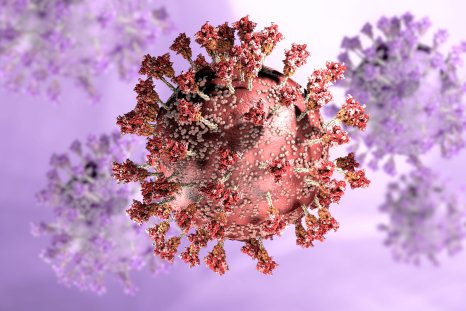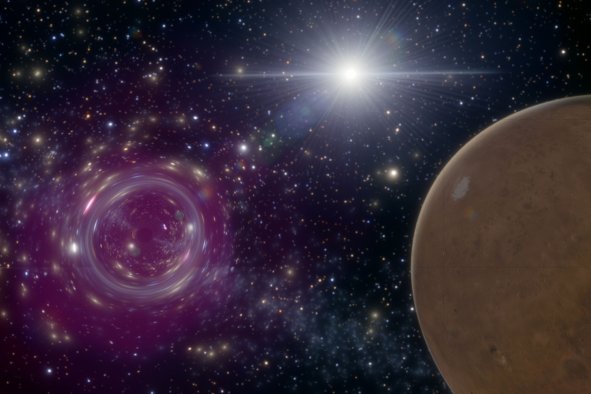A Milky Way-sized galaxy from the early universe appears to have stopped producing any new stars because a supermassive black hole at its center is blasting out all the material needed for stars to be forged, researchers suggest.
Nicknamed Pablo's Galaxy, it existed about two billion years after the Big Bang and has previously been observed by astronomers to have birthed very few stars.
Now, thanks to the NASA/ESA James Webb Space Telescope, the reason appears to be the supermassive black hole in its center, according to a new paper in the journal Nature Astronomy.
"Based on earlier observations, we knew this galaxy was in a quenched state: it's not forming many stars given its size, and we expect there is a link between the black hole and the end of star formation," study co-author Francesco D'Eugenio, a researcher at the University of Cambridge's Kavli Institute for Cosmology, said in a statement. "However, until Webb, we haven't been able to study this galaxy in enough detail to confirm that link, and we haven't known whether this quenched state is temporary or permanent."
Supermassive black holes are the largest type of black holes, with masses ranging from hundreds of thousands to billions of times that of the Sun. They are typically found at the centers of most large galaxies. The supermassive black hole at the center of the Milky Way, known as Sagittarius A*, has a mass of about 4 million times that of the Sun.
According to the paper, most of the stars in Pablo's Galaxy—officially named GS-10578—formed between 12.5 and 11.5 billion years ago.
"In the early universe, most galaxies are forming lots of stars, so it's interesting to see such a massive dead galaxy at this period in time," co-author Roberto Maiolino, also from the Kavli Institute for Cosmology, said in the statement. "If it had enough time to get to this massive size, whatever process that stopped star formation likely happened relatively quickly."
In the paper, the astronomers describe how they used the JWST to spot that a huge amount of gas is being ejected from the galaxy at speeds fast enough to escape its gravity. The researchers suggest that the supermassive black hole may be pushing out these super-fast and cool winds, ripping away the gas needed for stars to form and starving the galaxy to death.
"We found the culprit," said D'Eugenio. "The black hole is killing this galaxy and keeping it dormant, by cutting off the source of 'food' the galaxy needs to form new stars."
This phenomenon had been suspected to exist but had not been observed before the JWST.
"We knew that black holes have a massive impact on galaxies, and perhaps it's common that they stop star formation, but until Webb, we weren't able to directly confirm this," said Maiolino. "It's yet another way that Webb is such a giant leap forward in terms of our ability to study the early universe and how it evolved."
Do you have a tip on a science story that Newsweek should be covering? Do you have a question about supermassive black holes? Let us know via science@newsweek.com.
References
D'Eugenio, F., Pérez-González, P. G., Maiolino, R., Scholtz, J., Perna, M., Circosta, C., Übler, H., Arribas, S., Böker, T., Bunker, A. J., Carniani, S., Charlot, S., Chevallard, J., Cresci, G., Curtis-Lake, E., Jones, G. C., Kumari, N., Lamperti, I., Looser, T. J., ... Willott, C. J. (2024). A fast-rotator post-starburst galaxy quenched by supermassive black-hole feedback at z = 3. Nature Astronomy. https://doi.org/10.1038/s41550-024-02345-1
Disclaimer: The copyright of this article belongs to the original author. Reposting this article is solely for the purpose of information dissemination and does not constitute any investment advice. If there is any infringement, please contact us immediately. We will make corrections or deletions as necessary. Thank you.



